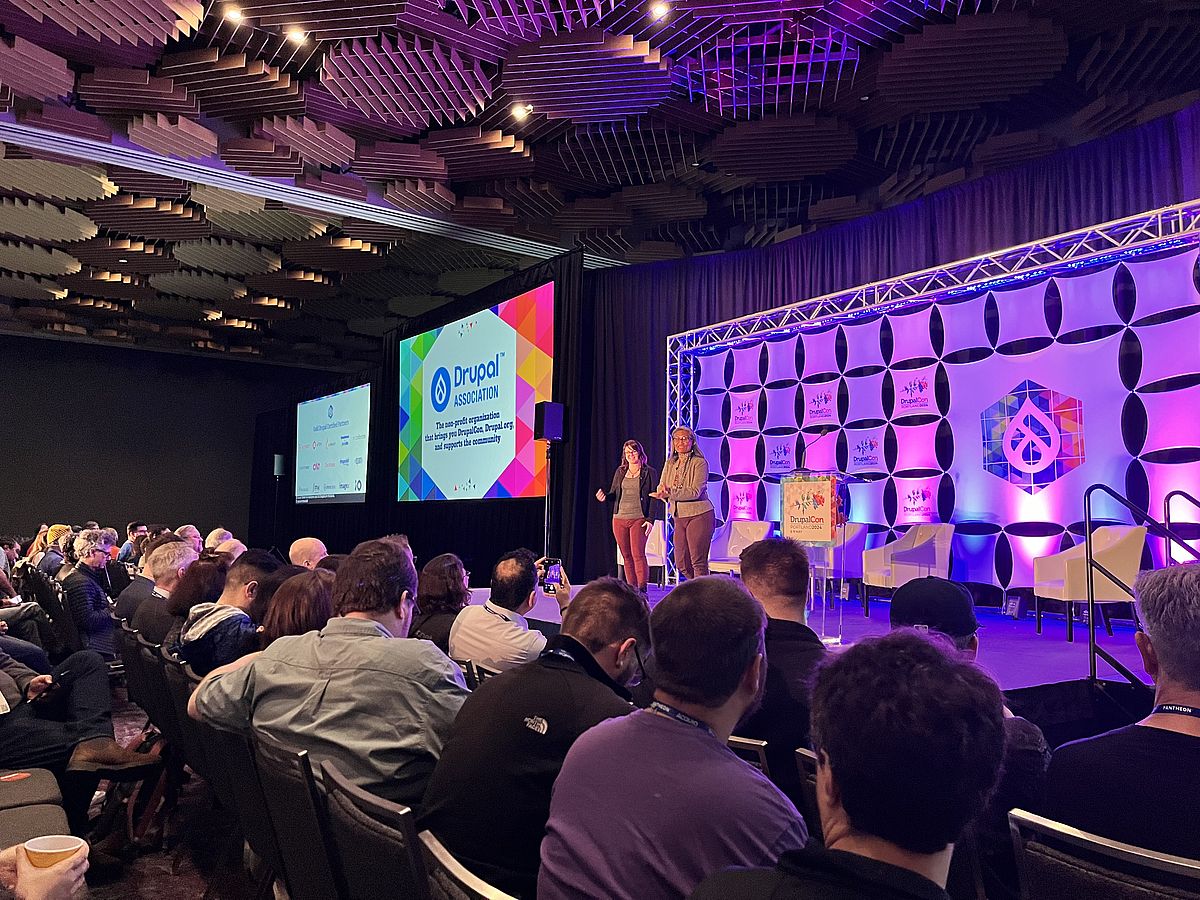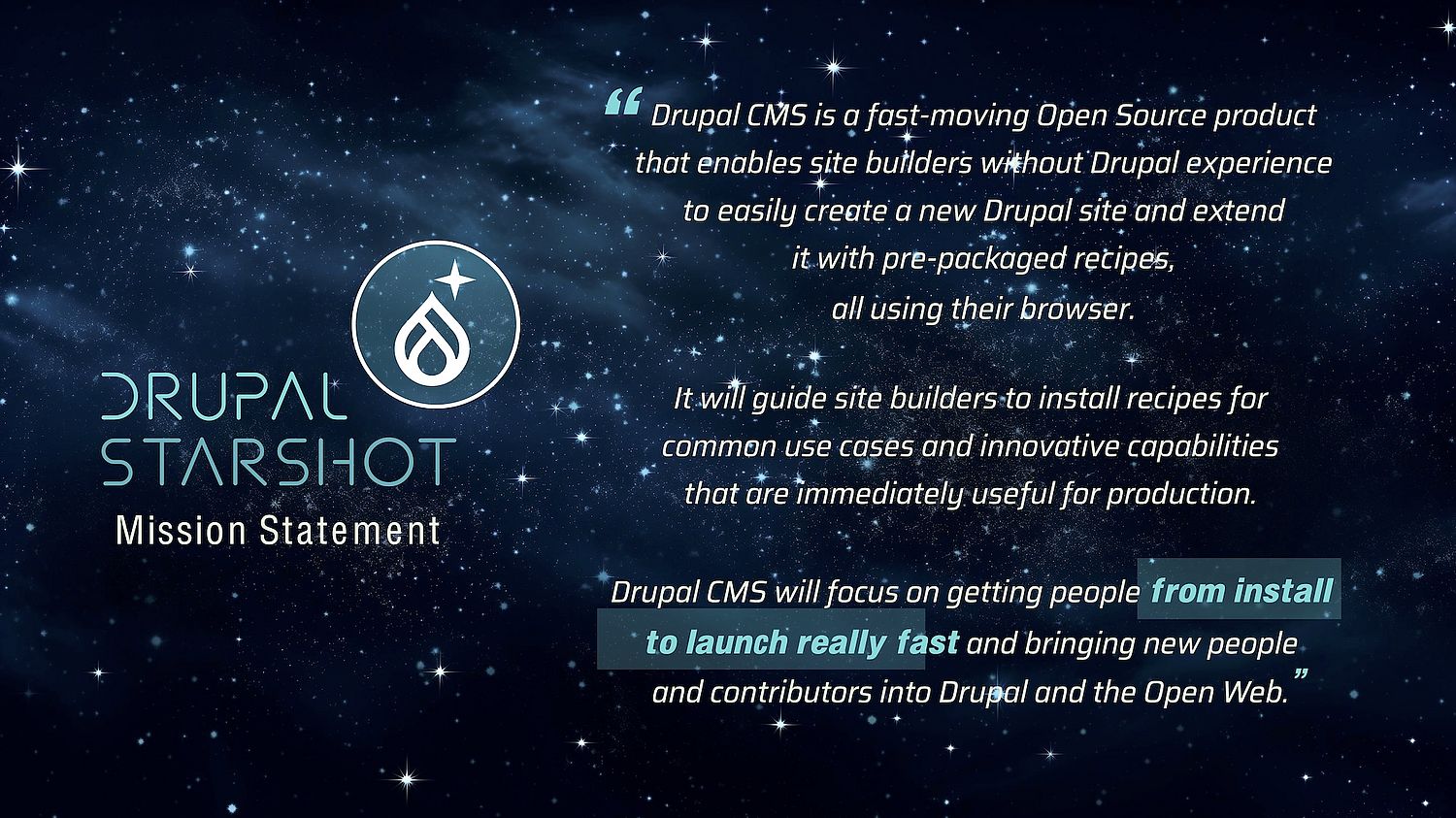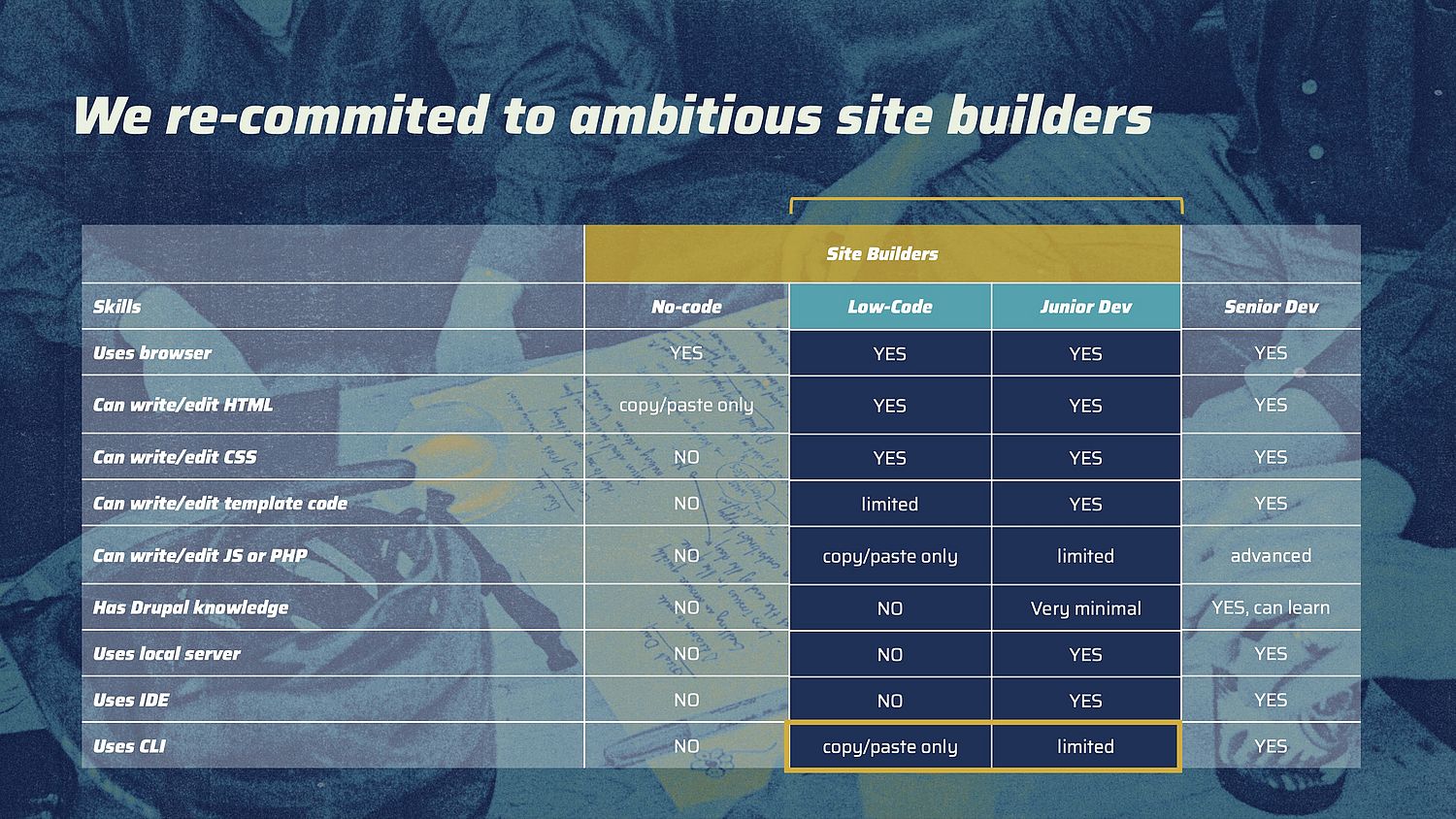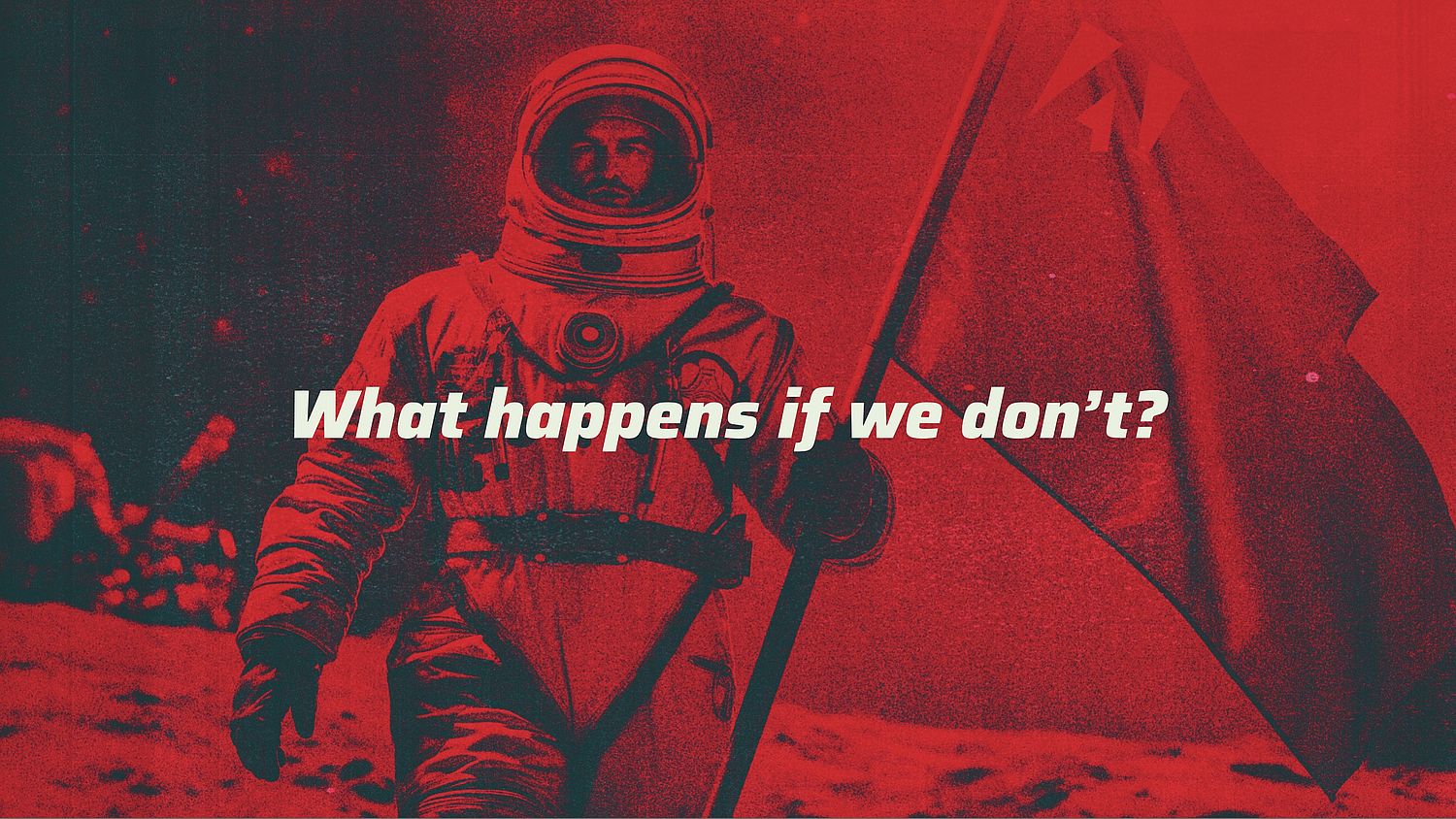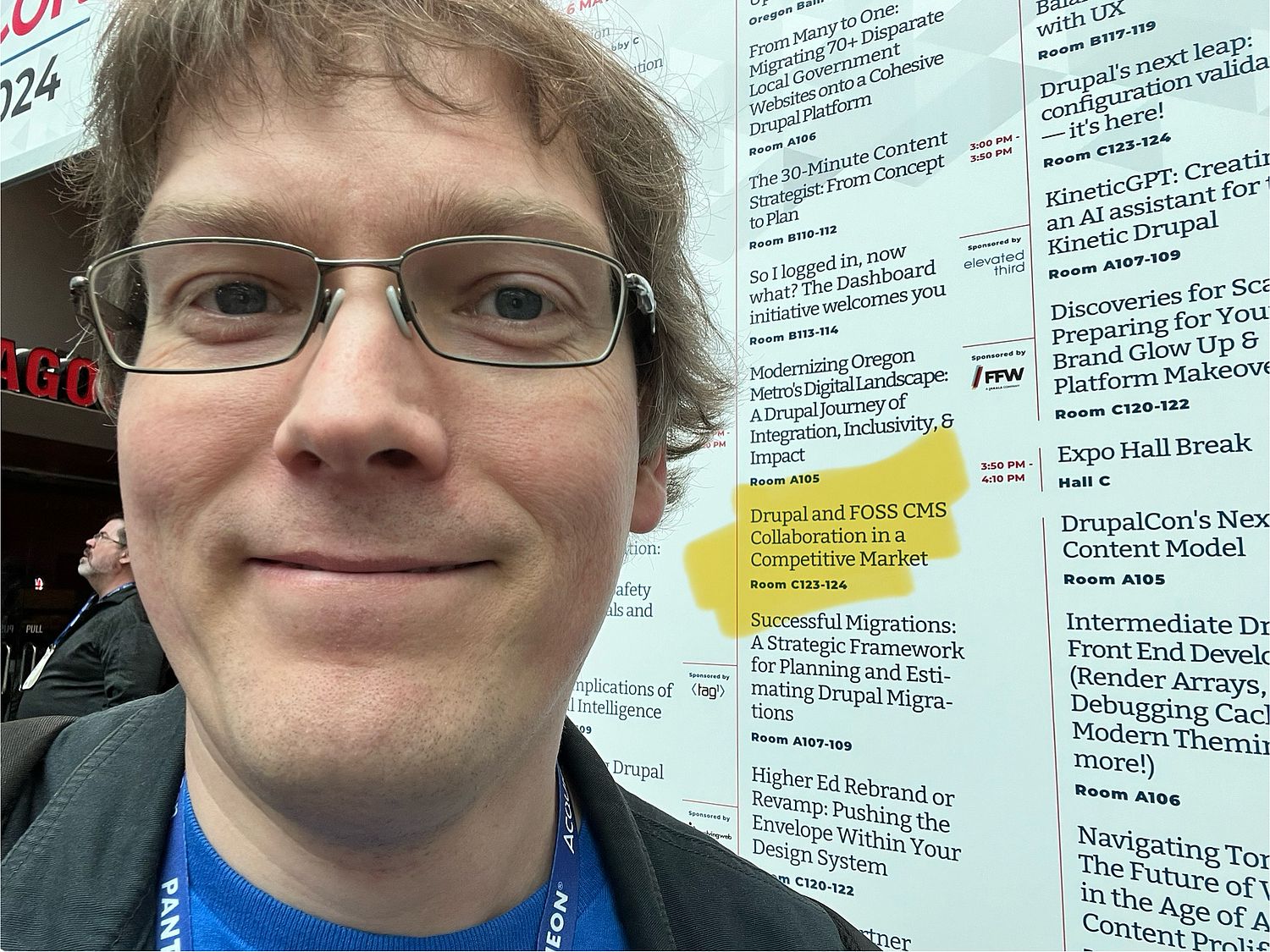Why this? Why now? And how are they planning on pulling that off? Excellent questions and a great reason to learn more about Drupal, TYPO3’s PHP cousin, and its community.
Once upon a time in a country far, far away … (Tell your brain to add dreamy music and a water/droplet transition at this point.)
The Break With the Past
Almost 10 years ago, Drupal took the big decision to rewrite the core for version 8. The move to a more modern code base incorporated moving to object-oriented code, use of PHP-FIG standards, Composer dependency management, and more. Some would say the modernization also created a less beginner-friendly code base. That caused both consternation and jubilation in the CMS's community. Some of those who wanted to keep the benefits of the old core even created a fork of Drupal 7, called Backdrop CMS. Others embraced the new possibilities of the rewritten core to develop Drupal's enterprise-level capabilities further.
Compared to TYPO3’s gradual modernization of the core, Drupal's relinquishing of the past was a hard break. As a result of the rewrite-everything upgrade path, a large portion of all Drupal sites online today are still using version 7, first released in January 2011. Support for Drupal 7 has been extended repeatedly, with the final final for real end-of-life date now set for January 2025.
If you think TYPO3 is better, remember that TYPO3 also planned and began a similar core rewrite with the Phoenix/Neos project. The choice not to embrace that path was probably just as hotly debated and divisive as Drupal's decision to go ahead.
Power to Whom?
We have long defined TYPO3 as an enterprise CMS and agency toolset. I personally often use the catchphrase “enterprise any-size” and explain that TYPO3 is for everyone with professional website needs.
Drupal markets itself for enterprise too, but its roots lie elsewhere, in activism, politics, education, and science, for example. The Drupal community has also long held the concept of the ambitious site builder — the happy amateur who loves creating great works of website-building art by assembling ready-built pieces, and with little coding involved. Since version 8, the persona of the ambitious site builder had almost disappeared from the project's rearview mirror.
Dries announced that part of the idea behind the Starshot initiative is bringing Drupal back in the direction of the ambitious site builder. But will the effect also be to distance it from the enterprise segment?





